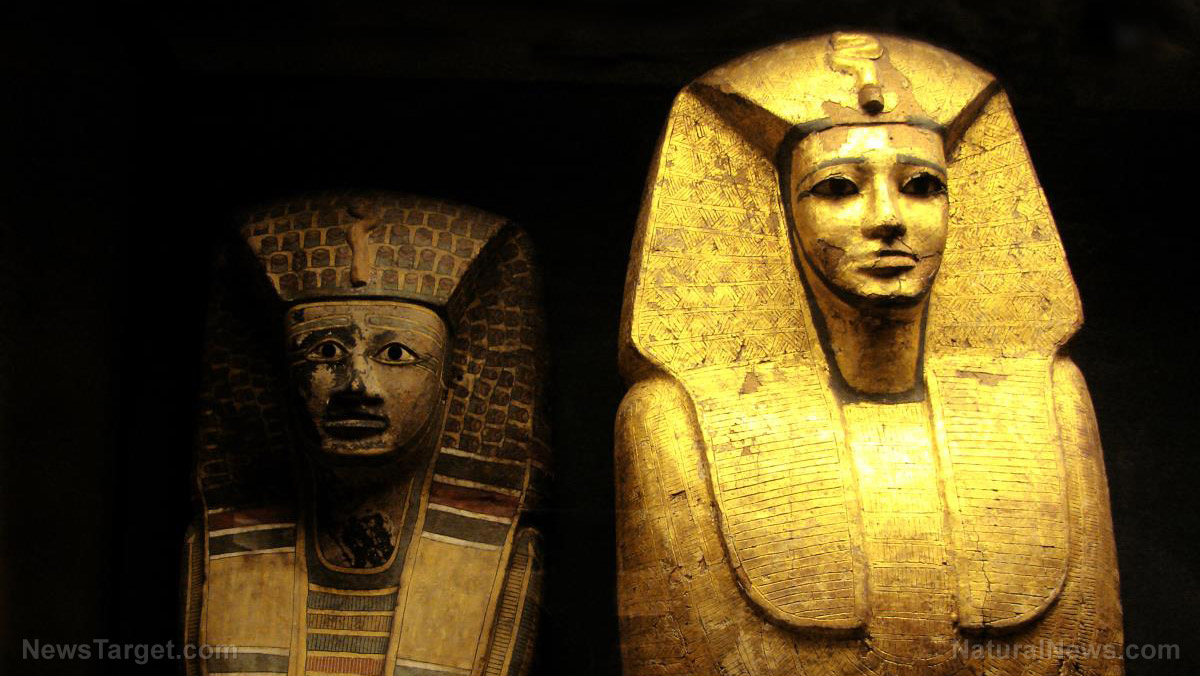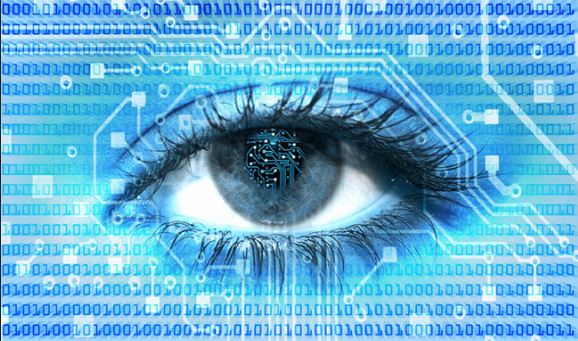
Life out in space can be quite lonely. At least that's what the astronauts who have been onboard the International Space Station (ISS) say. Even though they have the best view of Earth possible, they could use a little company. For that reason, Airbus, in cooperation with the European Space Agency (ESA) and IBM, has created a 3D-printed Artificial Intelligence (AI) robot named CIMON. It's meant to serve as a personal assistant of sorts on the ISS, and it's getting ready for its first mission out in space.
According to a report, CIMON stands for Crew Interactive Mobile Companion. It's a 3D-printed spherical robot that's autonomous and comes with pre-installed AI software developed by none other than IBM. It's made out of metal and plastic, is designed to float in the microgravity environment of the ISS, and is described by the people who created it as "a kind of flying brain."
Its purpose is to show data readouts for astronauts, which it can accomplish through a built-in display. And when it isn't showing any data on its screen, it can show the simple image of a friendly, smiling face. It has an AI voice, too, thanks to IBM's advanced AI technology.
According to Airbus, CIMON is designed from the ground up to assist astronauts in their everyday tasks while they are onboard the ISS. "This will be the first form of Artificial Intelligence (AI) on an ISS mission," said Airbus in a statement. "CIMON is a free flyer fueled with Artificial Intelligence, enhancing human expertise. AI-based technology is about constantly understanding, reasoning, and learning, so CIMON is designed to assist and to create a feeling of talking to a crew mate."
It sounds a bit like the idea for CIMON is for it to be sort of like Wilson, the beach ball, in the movie Castaway. The only difference is, CIMON can actually be useful.
CIMON, which weighs about 11 pounds (five kilograms), is currently undergoing "training" with a live astronaut, Alexander Gerst. Gerst represented the ESA on the ISS from May 2014 to November 2014. As of today, he is scheduled to return to the ISS once he wraps up his training. He will stay in the space station from June 2018 to October 2018, and the plan is for him to bring CIMON along with him, on ESA's Horizons mission.
It is said that work on CIMON has been going on for quite some time now. Reportedly, a team of 50 different technicians have been working on it since some time in 2016, and they have been preparing its onboard AI for its future trip into space. To do this, they have been feeding it data about the ISS itself, making sure that it can help the robot in orienting itself and moving freely while it floats in microgravity.
Moreover, CIMON is also learning more about its future astronaut companion, astronaut Gerst, by analyzing various photos and voice samples of his. It is the hope of the scientists and engineers behind it that CIMON can effectively learn the layout of the ISS while getting to know Gerst at the exact same time. Once it arrives in space, astronauts will work together with its AI in order to perform a series of tasks that will stand for experiments, including work on crystals, solving a Rubik's cube, and even performing simple medical experiments. In these, CIMON can function as an interactive camera, according to a statement made by Airbus. If nothing else, it could at least serve as a way to keep astronauts entertained in the deep, cold, and dark emptiness of space.
Read more about future missions to the ISS in Space.news.
Sources include:
Please contact us for more information.





















